Module breakage is rising fast, damaging reputations and profits—faulty materials and lax standards are to blame, and stronger frames plus better testing offer the fix.
Solar module breakage is surging due to cheaper aluminium frames and insufficient testing, pushing failure rates to 20%. Transitioning to steel frames and robust testing standards can drastically enhance durability and cut long-term costs.
There’s more to discover about the solution that’s reshaping module reliability—read on.
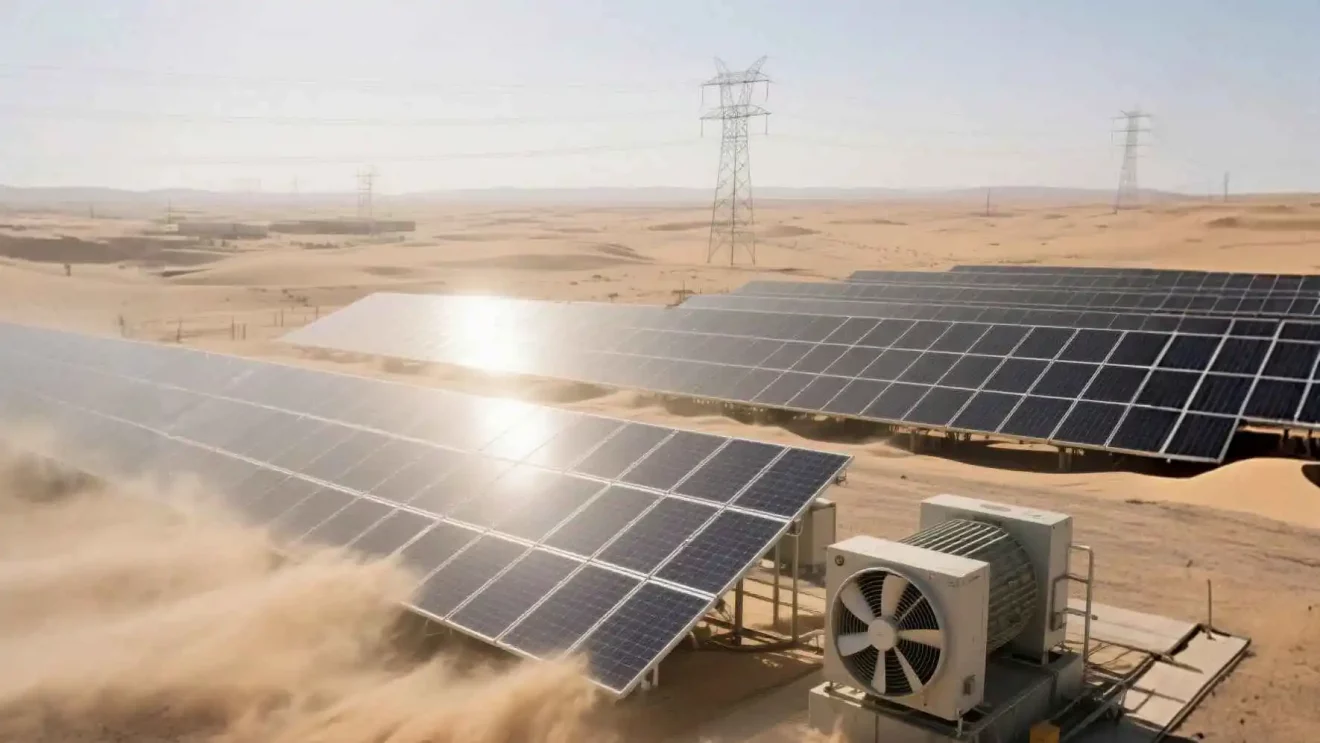
The Hidden Cost of Weak Frames in a Price-Driven Market
As global demand for solar energy grows, the industry faces a dilemma: how to scale efficiently without sacrificing quality. Many module manufacturers, in their pursuit of lower prices, have compromised on frame materials—particularly by reducing the thickness of aluminium frames. The results are catastrophic. According to Kiwa PVEL, failure rates in mechanical stress sequence (MSS) tests have jumped from 7% to 20% in just one year. This sharp increase in module breakage is now one of the leading causes of unplanned project costs and delays. The problem affects everyone—from solar EPCs to developers and system owners—eroding confidence in the supply chain and product performance.
Spontaneous Breakage: The Risk You Didn’t See Coming
One of the most alarming findings from recent studies is the rate of spontaneous breakage in modules using 2mm glass. Reports from the IEA PVPS and other field studies show a failure rate as high as 50% in some deployments within just nine months—often with no external weather event to blame. Thin glass, combined with weak frames, cannot withstand routine vibrations or mechanical loads. Worse still, current certification protocols fail to detect these vulnerabilities. A single mechanical load test doesn’t account for glass variability or low-level vibration over time. It’s a ticking time bomb in today’s solar farms.
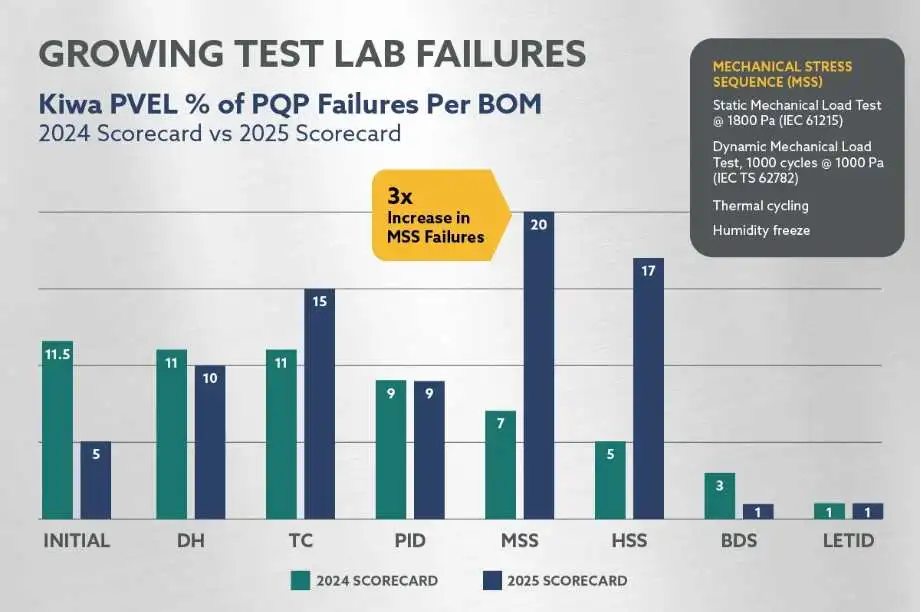
Why the Industry Needs Stronger Standards and Smarter Materials
Modern PV modules are bigger and more powerful—but also more fragile. Larger module sizes increase mechanical stress, making frame integrity more crucial than ever. Yet, standard industry tests have not evolved in parallel. Labs often rely on outdated procedures that don’t test to failure or assess long-term vibration fatigue. For any VFD manufacturer in China, VFD supplier, or industrial inverter partner working with solar-integrated solutions, the implications are clear: the weakest link in the system could be the module frame itself. Without raising the bar on mechanical load ratings and safety margins, the risk of field failures will only rise.
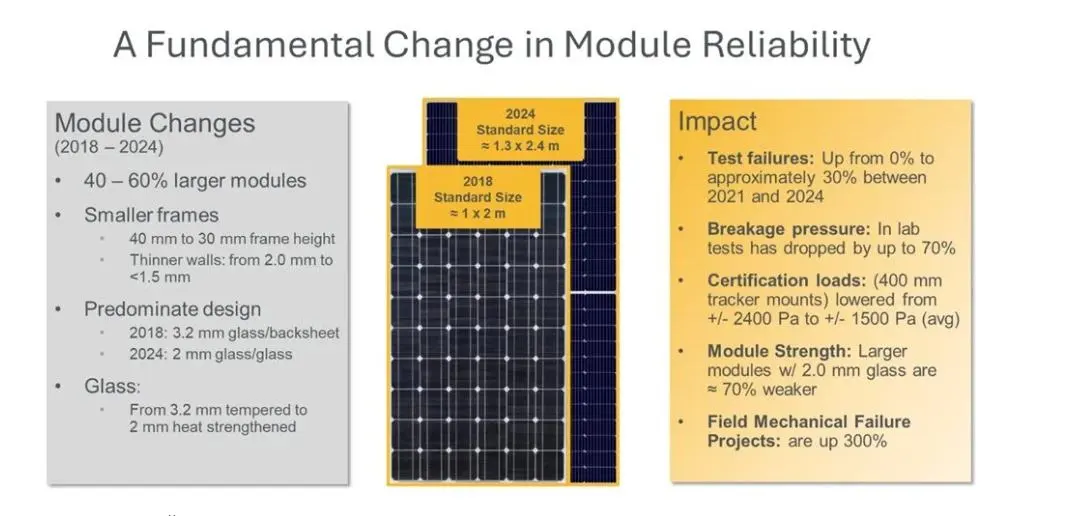
Steel Frames: A Simple Switch with a Massive Impact
One of the most effective ways to stop module breakage is by switching from aluminium to steel frames. Steel offers higher strength, better load resistance, and improved protection during transport and installation. In side-by-side tests conducted by CFV Labs (now part of Groundwork Renewables), steel-framed modules significantly outperformed aluminium counterparts in load-to-failure scenarios. Even better, steel frames integrate seamlessly with common tracker mounts—often reducing the tracker cost by up to 18%. For project developers and industrial inverter partners, this translates into lower system costs, higher reliability, and simpler structural designs.
Domestic Advantage: Steel’s Role in Strengthening the Supply Chain
In addition to its superior mechanical properties, steel brings tangible economic benefits. US-made steel is not only cheaper than domestic aluminium but also qualifies for up to 8.5% in domestic content incentives under the Inflation Reduction Act (IRA). This creates a rare win-win: a stronger, more durable product that also lowers system LCOE (levelized cost of electricity) and boosts local manufacturing. For international buyers working with a VFD manufacturer in China like USFULL, integrating steel frames into their product offerings can elevate brand value and enhance the long-term satisfaction of their solar clients.
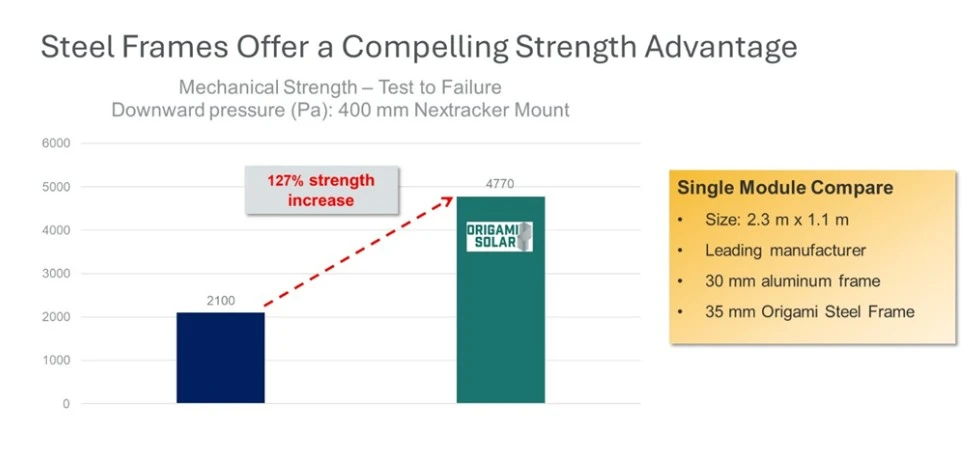
Elevating Solar Reliability Starts at the Design Table
PV frame design must become part of the early-stage discussion—not an afterthought. Companies like Origami are now offering pre-certification testing for steel frames, allowing module manufacturers to identify failure points early and reduce risk. By partnering with labs and leveraging computer simulations and field data, these early-stage tests can inform final module designs and ensure reliability in diverse conditions. This level of design thinking and rigorous testing is exactly what forward-looking VFD suppliers and industrial inverter partners should align with—ensuring every piece of equipment in the solar value chain upholds long-term performance expectations.
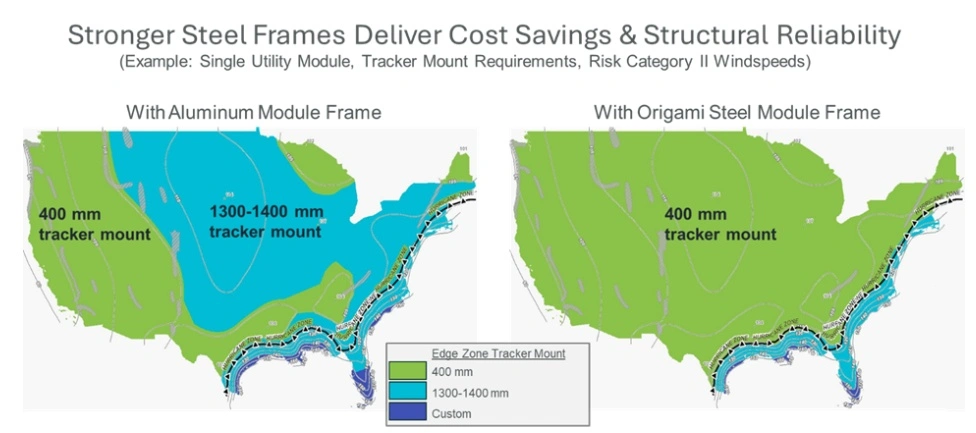
A Stronger Future Begins with Smarter Choices
The solar industry is at a crossroads. As demand surges, quality cannot be sacrificed in the name of cost savings. Steel module frames, paired with updated testing protocols, represent a smart, scalable solution to a pressing reliability crisis. From EPCs to VFD manufacturers in China, every player in the solar ecosystem must commit to structural integrity and proactive testing. Only by doing so can we build an industry that delivers not just energy—but trust.
